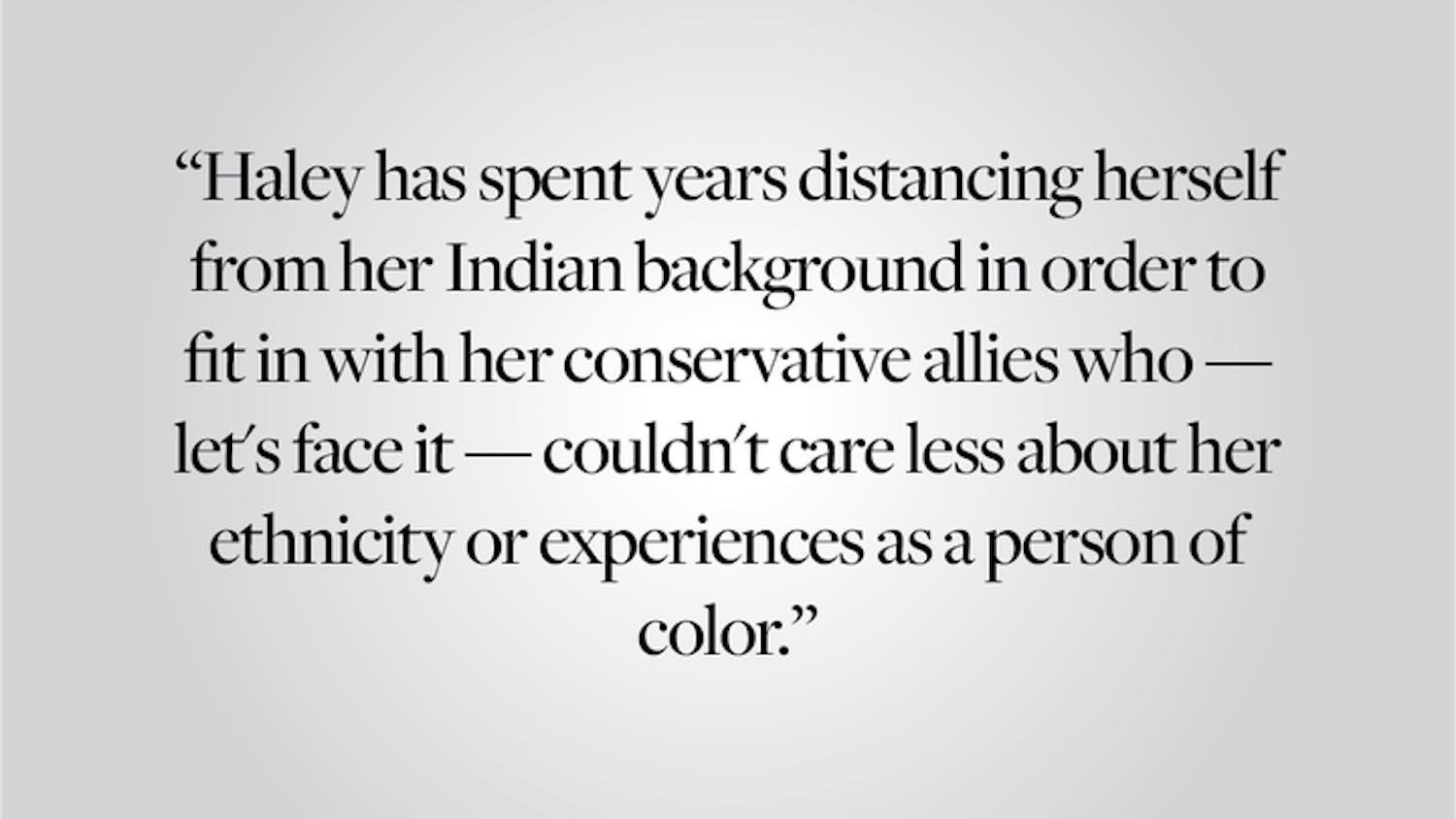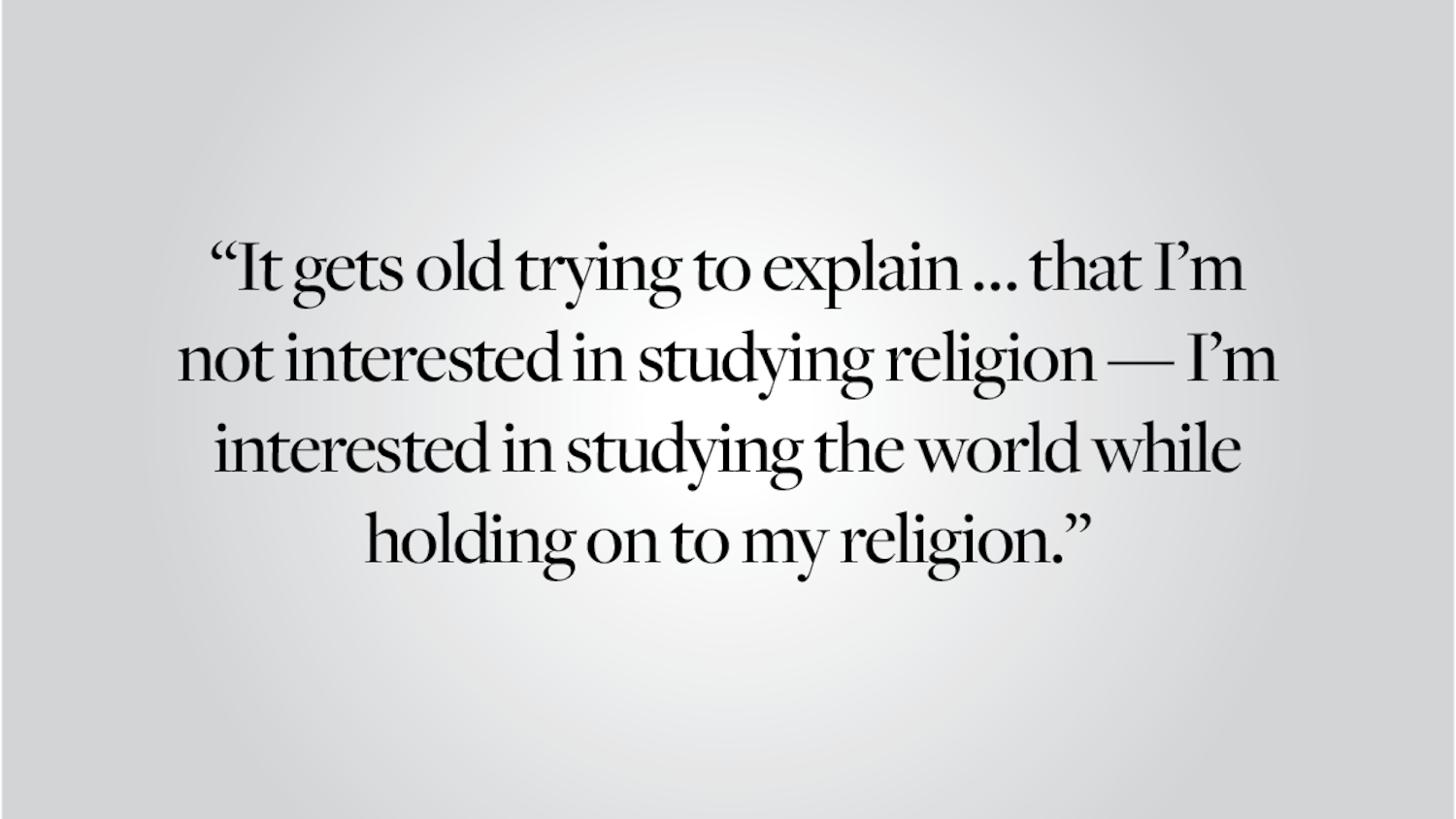Being more than 7,000 miles away from home, it is rare to find anything on College Hill that closely relates to Kangaita, Kenya. It is even more unlikely to come across something around College Hill that would also occur naturally in Kangaita — apart from the “touristy” paraphernalia some of us hang on our walls. So I was very surprised when I was walking to the Nelson Fitness Center right near the intersection of Bowen Street and Brook Street and I came across a tree. Not just any tree, but a mufao! Now, under normal circumstances, trees neither catch my attention nor attract me in any particular way. (Though I must admit that seeing the leaves change colors during this time of the year does appeal to my romantic side.) And yet, this mufao caught my attention because it brought back memories of home and reminded me of my current status as a senior.
I am from Kangaita, a rural area on the slopes of Mount Kenya. Kangaita is so beautiful, strewn with mufaos and grass that is so perfect that only grass grown alongside tea bushes can ever be that green. Skies take on varying shades of blue and red, and the weather is so varied that you forget you are living right along the equator. You will not find photos of Kangaita on National Geographic or in travel magazines, for tourists have (luckily) not visited this area. But it is too bad that no one gets to see the beauty of Kangaita except the people who live there.
A mufao is what we call this specific tree back in Kangaita. I would provide the English name for it here, but I am afraid such a word would not capture the godly persona we have bestowed upon this tree. A mufao, any mufao, looks majestic. The mufao on Bowen Street was not as majestic as the ones in Kangaita, for the mufao in Kangaita are tall and void of any branches but at the peak. A mufao has a medium-sized trunk and thins out as it rises into the sky up to four or five stories high, and it has patches of skin that peel off from its bark and eventually fall off, like a snake shedding its skin.
In Kangaita, when you are born, your parents plant a mufao, sometimes two or three of them. It takes a mufao about 20 to 50 years to mature, depending on how well you take care of it — weed it, water it, cut down the branches on its sides and apply fertilizer or manure to its soil. When you are 20 years old, your father cuts down the mufao, and you are allowed to use its wood to build a house close to that of your parents. So when I saw this mufao on Bowen Street, my nurturing instincts took over: I bent down, kneeling on one knee, and grabbed a bit of the soil at the base of the mufao. I rubbed it between my fingers and smelled it. It was a combination of sawdust, fertilizer, soil, dead leaves and worms. Though I could not detect many similarities with the rich loamy soils in Kangaita, I could tell that this was the best offering that this mufao had. I patted the mufao and it felt short but sturdy. I had a smile on my face as I walked to the Nelson.
My parents never planted a mufao for me. Well, that’s not entirely true; my parents did plant a mufao, but I told them that I would not need it. I intended to leave Kangaita, to grow taller than the mufao. I would reach the skies and my branches would disappear in the clouds, so that if they ever cut my trunk, my branches would have already drifted with the winds to a faraway land, where the seeds would have fallen and hopefully grown into a healthy mufao.
The encounter with the mufao on Bowen Street reminded me of my impending independence and current worry of getting a job after I graduate. Like most seniors, I got a little anxious upon thinking about this. I called my dad and inquired as to the whereabouts of my disowned mufao. He told me that my mufao had recently been cut down, and they had built a three-story chicken house with it. A fancy chicken house!
I was regretful about my refusal to own a mufao. But then I realized that I was being silly — I had not only given up my mufao for chickens to have a nice house, but I had given up the mufao so that I could dream big, travel abroad and get an education. It seems trivial now, but the fact that I no longer have a mufao to build a house out of is a bit liberating. Similarly, maybe the end of my academic career at Brown should not cause much anxiety; I will be able to move to any region in the world and start a new life. Maybe, just maybe, when I get a job, I will be able to buy my own mufao if I want to — then I can go to Kangaita or even to Jamaica and build my own house.
Daniel Murage ’17 is now caring for the tree on Bowen street until he graduates and will reveal its English name if you email him at daniel_murage@brown.edu. Please send responses to this opinions to letters@browndailyherald.com and other op-eds to opinions@browndailyherald.com.




